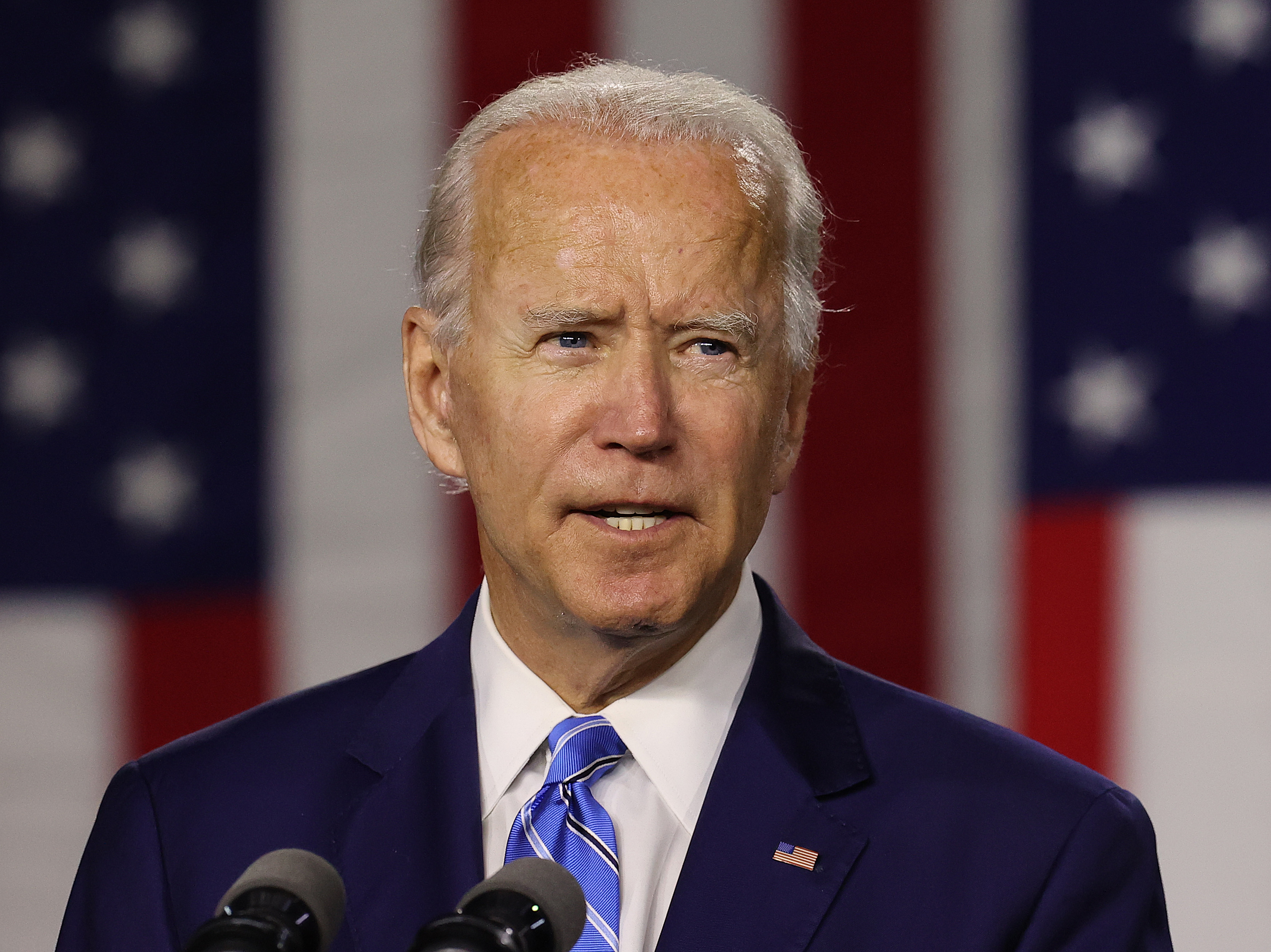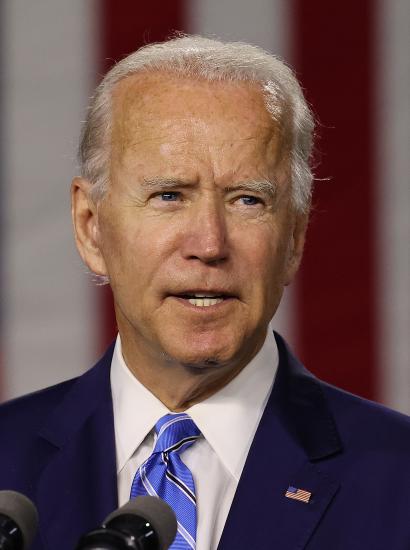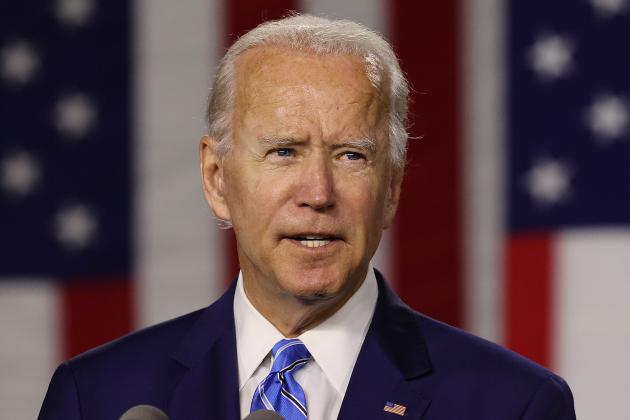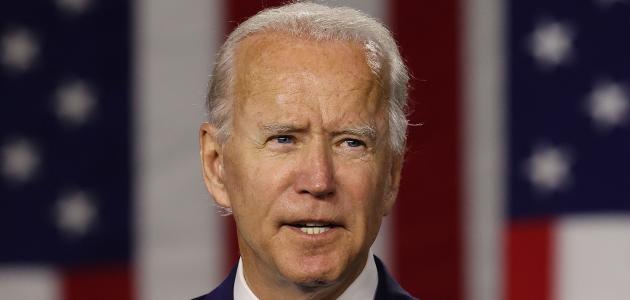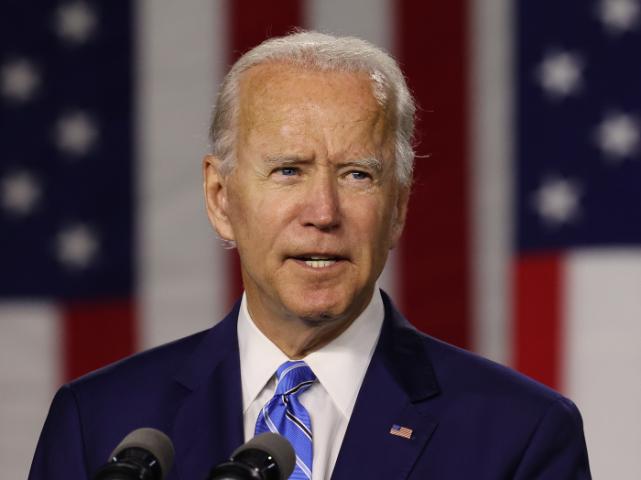Californians this morning greeted the dawn of a new day—a day like most any other in late January on the West Coast with one notable difference: a new political alignment in the nation’s capital that potentially bodes well for the Golden State in terms of attention and federal largesse.
Gone is an administration that California’s state government, run by liberal Democrats, sued more the 100 times over the past four years (conversely, conservatives in charge of Texas’s state government sued the Obama administration 48 times during the latter’s eight years in power). That, of course, includes a now ex-president who rarely visited America’s most populous state (Donald Trump’s first presidential visit coming a decidedly tardy 417 days into his presidency).
Also gone: a Republican-controlled Senate that was loath to sign on to California’s progressive agenda, much less send a cash bailout to a California state government that, despite a robust budget surplus at present, is looking at deficits in outlying years.
In their place . . .
For the first time since Richard Nixon and the Eisenhower era, a Californian is first in line to assume the presidency should some tragedy befall Joe Biden—Kamala Harris now the nation’s 49th vice president.
As the Senate attends to the business of executive branch appointments, a Californian will be in charge of the federal Department of Health and Human Services—California state attorney General Xavier Becerra getting the honor. The significance of that: a friendly HHS secretary likely will ease the way for an increase in health care subsidies for low-income Californians.
A Golden State also will run the Department of Homeland Security—that responsibility going to Alejandro Mayorkas, a Cuban immigrant raised in Los Angeles. The significance: expect a change in both tone and approach on federal immigration policy (the Biden administration wanting an eight-year path to citizenship for approximately 11 million undocumented individuals residing in the United States).
At the risk of getting too far over our skis: yet another Californian—State Supreme Court justice Leondra Kruger—likely will be on the short list should the Biden White House have to fill a Supreme Court vacancy (former justice Anthony Kennedy, appointed to the High Court in 1986, is the last Californian to have been bestowed that honor).
As such, this is virgin political territory for modern-day California. Jimmy Carter took office in 1977 with one of the two California senators a Republican (the late S. I. Hayakawa). The advent of Bill Clinton’s presidency coincided with a Republican governor (Pete Wilson) in California, as did Barack Obama’s (Arnold Schwarzenegger being a second-term governor at the time).
But that’s not the case in 2021. Democrats control the reins of power in both California’s and America’s capitals—decidedly so in Sacramento, where both legislative chambers are controlled by Democratic supermajorities.
So what to expect moving forward?
Look no further than the question of COVID, along with vaccines and federal stimulus money.
The latter is more complicated than it appears. In theory, Biden’s $1.9 trillion American Rescue Plan should sail through the two branches of Congress (Harris possibly breaking a Senate tie), the payoff for California being billions’ worth of aid for public health departments, schools, and local governments.
However, the Democratic-controlled Senate has to decide the parliamentary means to the legislative end. Assuming Biden’s proposal exits the House on a party-line vote, does the plan make its way through the Senate via so-called “budget reconciliation” that allows the majority to avoid a filibuster? If not, then getting the plan out of the Senate—60 votes needed to kill the filibuster—would require buy-in from at least 10 Republican senators. Translation: the more egregious the benefit for a blue colossus like California, the more likely that money will be watered down if not written off.
As for vaccines, Biden has promised 100 million COVID shots in his first 100 days in office (isn’t it time we big adieu to that FDR-era marketing gimmick?). How does he plan to do this? By using the federal government “to get more people vaccinated for free, create more places for them to get vaccinated, mobilize more medical teams to get the shots in people’s arms, increase supply and get it out the door as soon as possible.”
Fair enough.
But here, Biden may be in for a surprise—the surprise being that the friendly state and local governments in California constitute something a COVID sinkhole, where good intentions end up as poor outcomes. As of last week, per the Centers for Disease Control, the Golden State has vaccinated just 2.5% of its population. Only six other states—Alabama, Arizona, Georgia, Idaho, Mississippi and South Carolina—have fared worse.
So what-all ails disease-ridden California?
Problem one: a failure to coordinate. As of last weekend, California had two million unused doses of vaccine (three million were delivered to the state). Yet when Silicon Valley’s Santa Clara County asked for 100,000 doses, state officials offered only 6,000. The result is finger-pointing: counties complain that they lack the vaccine supply to meet the demand; the state, which acts as a middleman between federal and local governments, claims it can’t navigate bureaucratic channels.
Problem two: a lack of foresight. A week ago, California governor Gavin Newsom dropped by Dodger Stadium to mark the reconfiguration of that ballpark as a mass COVID vaccination site. Why didn’t Newsom do the same in his native San Francisco Bay Area? Because while two stadiums on opposite sides of the Bay Area have been proposed as vaccination sites, no one knows when they’ll open.
Problem three: COVID fatigue. The fourth day of the new year marked 10 months since Newsom declared a state of emergency in pandemic-struck California. Stay-at-home orders went into effect that month, with public schools closing in April. Newsom lifted those orders only to put them back in place with various modifications. Face-mask requirements took effect; beach parking lots were closed over holiday weekends; schools remained closed in the fall; businesses struggled to make sense over what was “vital” and what wasn’t. The state government tried to regulate Californians’ holiday plans (hoping to dictate terms on travel and the size and nature of family gatherings).
Collectively, it adds up to a weary electorate in a state that handsomely rewarded Biden not too long ago (he received a record 10.1 million votes in the Golden State last November). Biden’s neither electrifying nor transformative as was Obama, his winning the November election based on a strategy that had the candidate purposely laying low and avoiding the spotlight. If Biden comes to California for an early presidential photo-op—say, to showcase the deployment of FEMA workers and National Guard troops, or to mark the one-year anniversary of the nation’s first COVID fatality (Northern Californian Patricia Dowd, who passed away on February 6 of last year)—will Californians pay attention to their new president or will they be too caught up in the ongoing hell of closed schools, shuttered businesses, and the uncertainty of where and when to get a COVID shot?
Here’s a suggestion for Biden: consider using his California bench—plus a few other assets. Obviously, that starts with the health secretary–designate helping to make sense of the federal-state-local COVID strategy. Perhaps there’s also a role for the vice president, whose policy portfolio is something of a riddle. The Biden White House could call on its famous friends in Hollywood to film PSAs raising public awareness and selling Californians on the need to get vaccinated (Trump tried to enlist Hollywood’s help last fall and was rebuffed).
But Biden also should think of California as a bipartisan endeavor. Arnold Schwarzenegger, for example, could be a helpful ally (why he wasn’t signed up to help the new administration with climate change is a mystery to me) in urging mask wearing. Another bipartisan ploy: getting buy-in from House Minority Leader Kevin McCarthy. He’s an even better liaison to California’s Republican base than Arnold. Besides, if the polls are to be believed, conservatives are the tougher sell when it comes to lining up for the vaccine—per this survey, far less likely to agree to getting it right away.
Such is the difference between running for president and executing the duties of the office. For candidate Biden, carrying California couldn’t have been easier.
But carrying the Golden State across the COVID finish line? For President Biden, that’s a heavier and more complicated lift.







